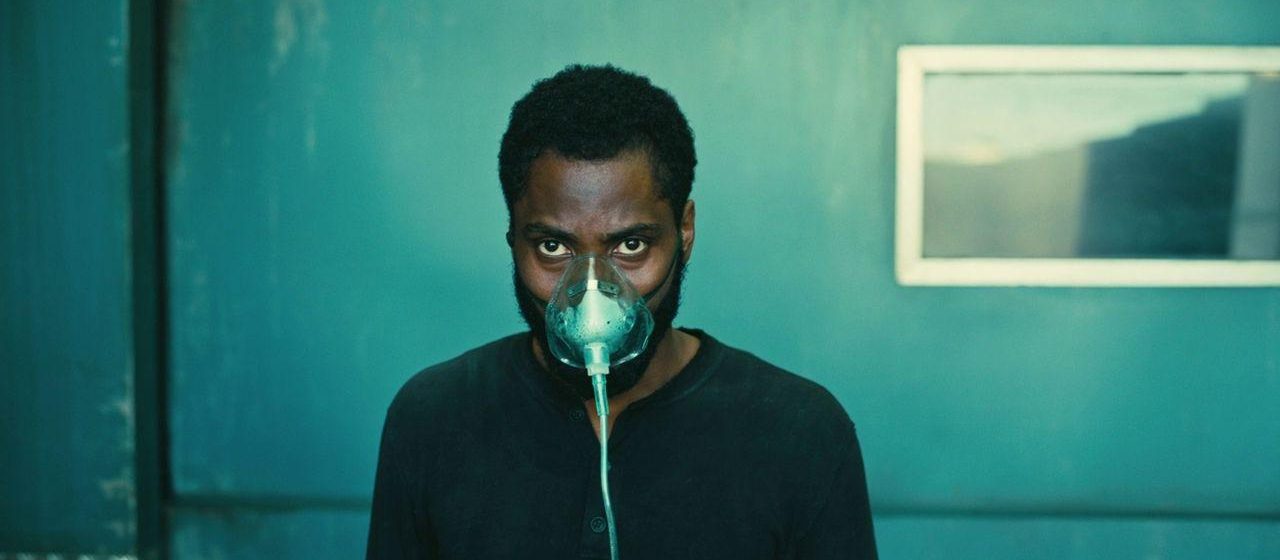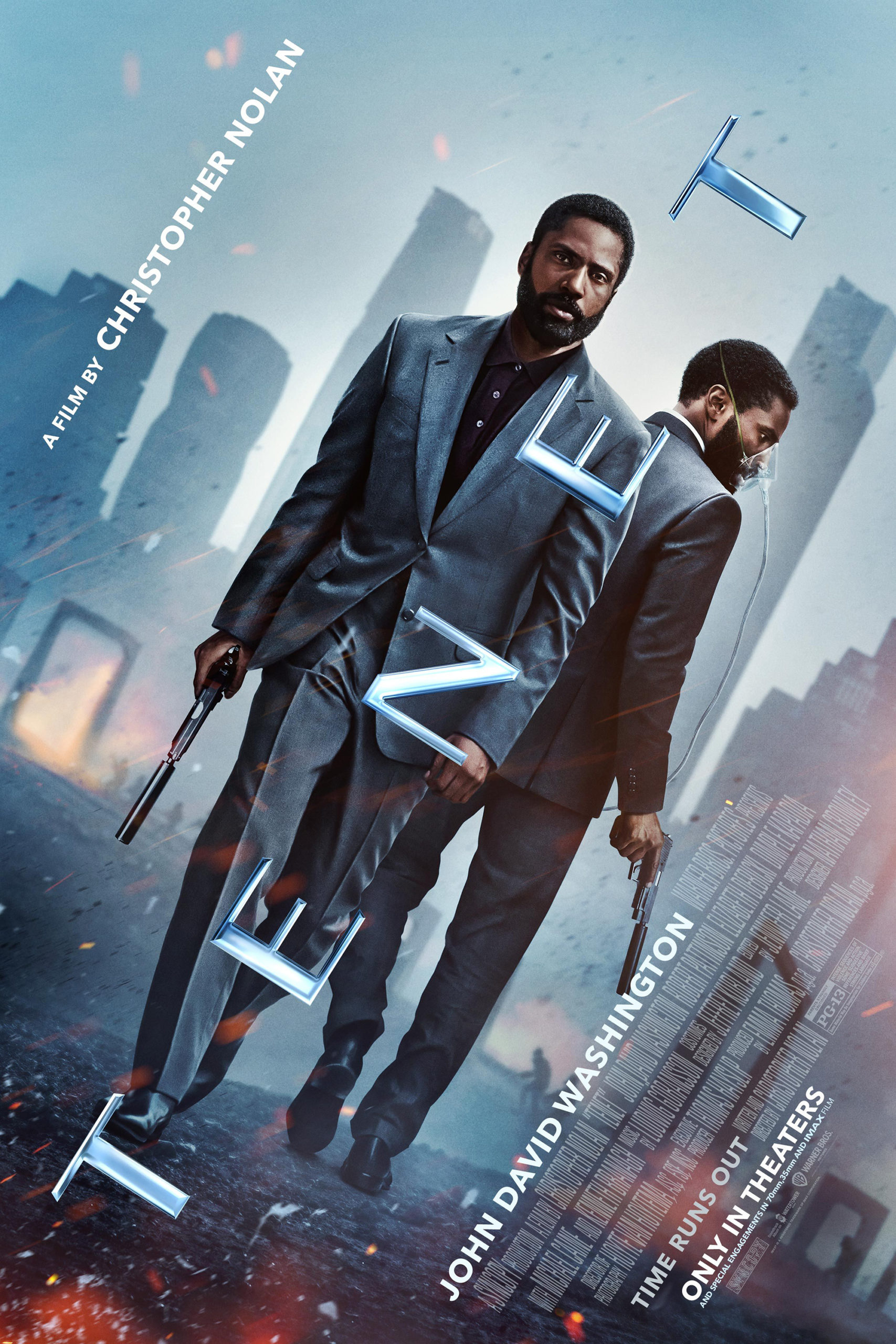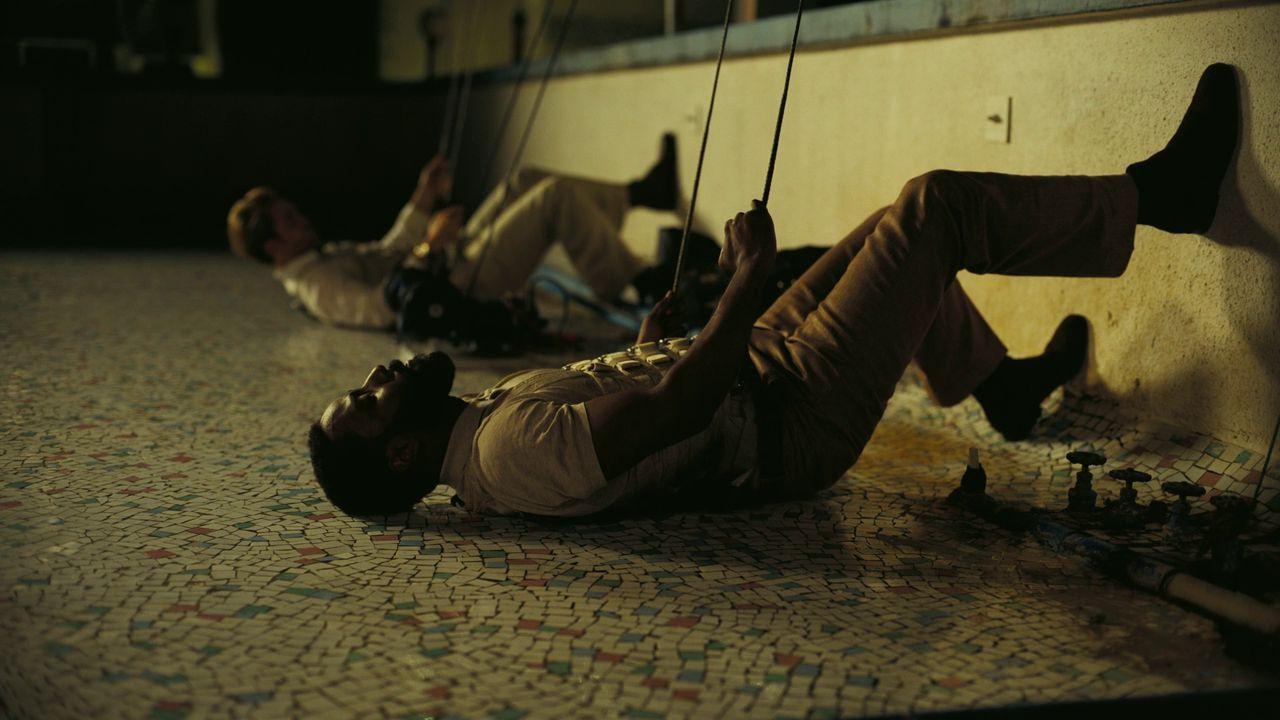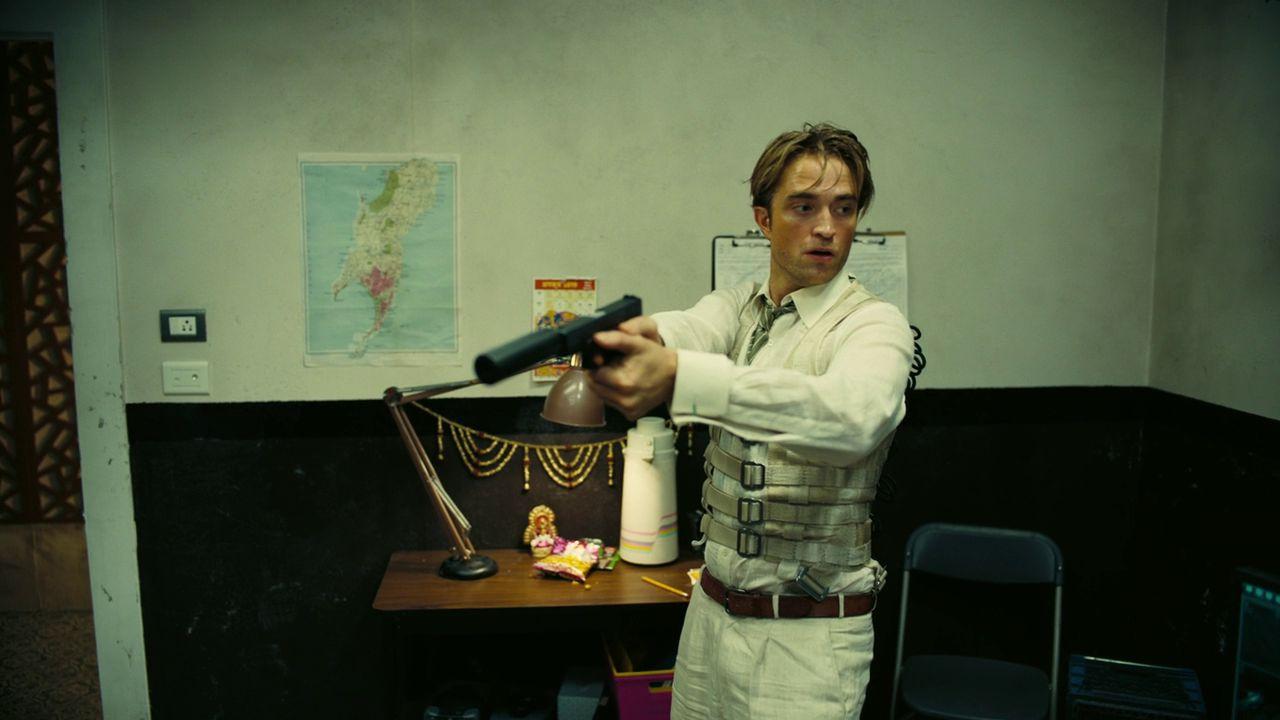

“What do you think we’re seeing?”
“The detritus of a coming war.”
The majority of Christopher Nolan’s non-Batman films are playful mind-benders that tinker with time and the fabric of reality. Tenet fits right into that mold and will certainly please fans of the director’s brainy originality. Indeed, from a certain perspective there’s very little to complain about. This is a Christopher Nolan project through and through and delivers just about everything one associates with his work—a time-bending narrative, grand set pieces, inspiring effects, clever twists. It maintains a high-energy momentum that sees us through its ruthlessly edited 2.5 hours. Besides the necessary evil of cutting out every stray second of extraneous runtime (Tenet really struggles to breathe) all of these elements are commendable in a blockbuster when contemporary big-budget films feel so formulaic with their homogenous narratives and green screens.
However, for the first time in his career, Nolan has “failed” to connect with the masses. I put the word “failed” in quotes because even though Tenet hasn’t achieved the critical and commercial success of Inception or Interstellar, there are still plenty of critics who’ve gone to bat for it and several hundreds of millions in ticket sales; i.e. its failure is only relative. The underwhelming critical reception can be partially explained by a script that is so philosophically-minded (and stingy with basic information) that it proves challenging to grasp even for the attentive viewer. As an audience member, there’s certainly pleasure in having breadcrumbs fed to you on a need-to-know basis. Nolan has executed this trick to perfection in his previous films, but he gets carried away here. The simplest way to express the frustration that emerges from the lack of context and information is to say that the first hour or so feels like an extremely prolonged cold open.

Tenet utilizes a predestinarian framework which suggests that every event—including those that happen when a character is acting in the past via time travel—have always happened that way. For example, early on The Protagonist (John David Washington) is introduced to bullets with reversed entropy, which “unfire” by transforming from shrapnel into pristine rounds as they are sucked back into the gun. There was never a timeline in which the backwards-moving ammunition was not sent back from the future, or one in which The Protagonist did not find himself in a secret lab witnessing the demonstration. Similarly, the inverted man that engages in fisticuffs with The Protagonist when he and Neil (Robert Pattinson) break into a freeport and discover a time-inverting “turnstile” has always emerged from the device.

The clever wrinkle employed here is that we’re not simply jumping to the past, but inverting time. When you enter the turnstile and come out the other side inverted, you must continue to live and age in real time while the world moves in reverse around you. Alternatively, you can invert objects for people to find and use in the past: bullets, gold… doomsday devices. In convoluted fashion, this scenario leads to a comically villainous Russian oligarch named Sator (Kenneth Branagh) falling under the control of future terrorists who are trying to locate the nine pieces of the ultimate time-inverter which have each been inverted and scattered around the globe in radioactive hotspots. They were placed there by a brilliant scientist who invented a device that could reverse the entropy of the entire universe (effectively destroying it), got cold feet, hid the components in the past, then offed herself to conceal their whereabouts. Sator’s goal is to collect the pieces, revert them to move forward through time, bury them in a hidden location where they will remain undetected for hundreds of years, then pass that location to his future controllers by killing himself so that they can destroy the present because the present caused global warming. Whew, that’s a mouthful.
But wait, wouldn’t destroying the past destroy the future, too? Seems that way to me. Doesn’t the fact that our characters are living and breathing in the present mean that the future terrorist plot fails? The film’s logic suggests so. Such questions are briefly considered in the script but answered only vaguely.
In any case, all of this sounds quite intoxicating on paper, and for large swaths of the movie it truly is. Car chases, airplane crashes, heists, shootouts, and other typical James Bond fare are pleasantly juxtaposed with their inverted versions as The Protagonist, Neil, and Sator’s estranged wife Kat (Elizabeth Debicki) risk their lives to save the universe. We travel around the globe a few times, from Kiev to Mumbai to Oslo to Tallinn, rubbing shoulders with arms dealers (Dimple Kapadia), intelligence officers (Michael Caine), research scientists (Clémence Poésy), and military commanders (Aaron Taylor-Johnson and Fiona Dourif). All of this comes to a head in a thrilling sequence laced with testosterone, gunpowder, and cerebral precision as two military units perform a “temporal pincer movement” where they engage with their enemies by moving forward and backward through time simultaneously.

In several of Nolan’s previous films, he’s been accused of excising every bit of humanity from his screenplays, of whittling his stories down to their mathematical essentials. For the first time, I find myself agreeing with those criticisms. It’s possible that upon a rewatch or two or six, some new levels of meaning might be extracted, but on a first pass there’s simply too little given to the audience to ever form an emotional connection to the characters. This is especially frustrating because enough meaningless hints are tossed out that allow the audience to anticipate some inconsequential twists, but without a solid connection to the characters the biggest reveals just feel empty. These backstory-less, function-only characters move through the mechanics of the plot, delivering gobs of exposition and duking it out in reverse, but they are mostly lost within a convoluted narrative that seems more concerned with its gimmick than the story built on top of it (compare this to Inception where character development, exposition, and action are frequently achieved all at once). To put it simply, I just don’t care about a machine that inverts time if it’s only going to be used to save a world that I also don’t care about.
If anyone besides Christopher Nolan had made Tenet, it would be praised for its visual prowess and criticized for its serious flaws,1 particularly its lack of heart. And that would be a fair assessment.
1. Note that we’re typically subtitle-users in my house, so I didn’t notice the poor sound design as much as some others have.